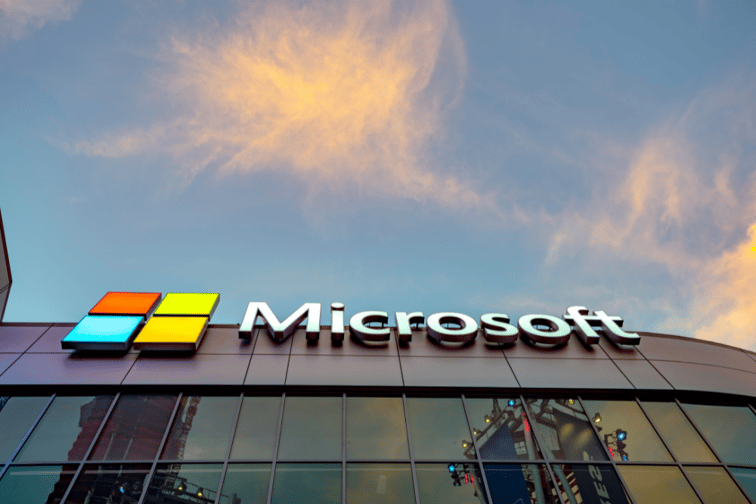

After three years of unrelenting workplace disruption, digital transformation, and ransomware attacks, business leaders are no more confident in their ability to manage cyber risk than they were two years ago, to according to a study by global insurance broker Marsh and tech giant Microsoft.
With global organisations expecting to face more cyberattacks in 2022, the study by Marsh and Microsoft, called “2022 Marsh and Microsoft Cyber Risk Survey,” aims to help leaders from all departments align and prioritise their cyber strategies for 2022 and beyond.
The study found that 41% of organisations engage legal, corporate planning, finance, operations, or supply chain management in making cyber risk plans. After analysing the survey respondents' answers, Marsh and Microsoft identified eight key cyber risk trends:
Marsh and Microsoft emphasised the significance of understanding how professionals across an organisation view their role concerning cyber insurance, cyber incident management, and cybersecurity tools and services, among others. They also claimed that a best practice approach to cyber risk management spans organisational roles, including investing and engaging in a broad, balanced, and continuously updated array of resources and activities to mitigate cyber risks and reinforce cyber resilience.
